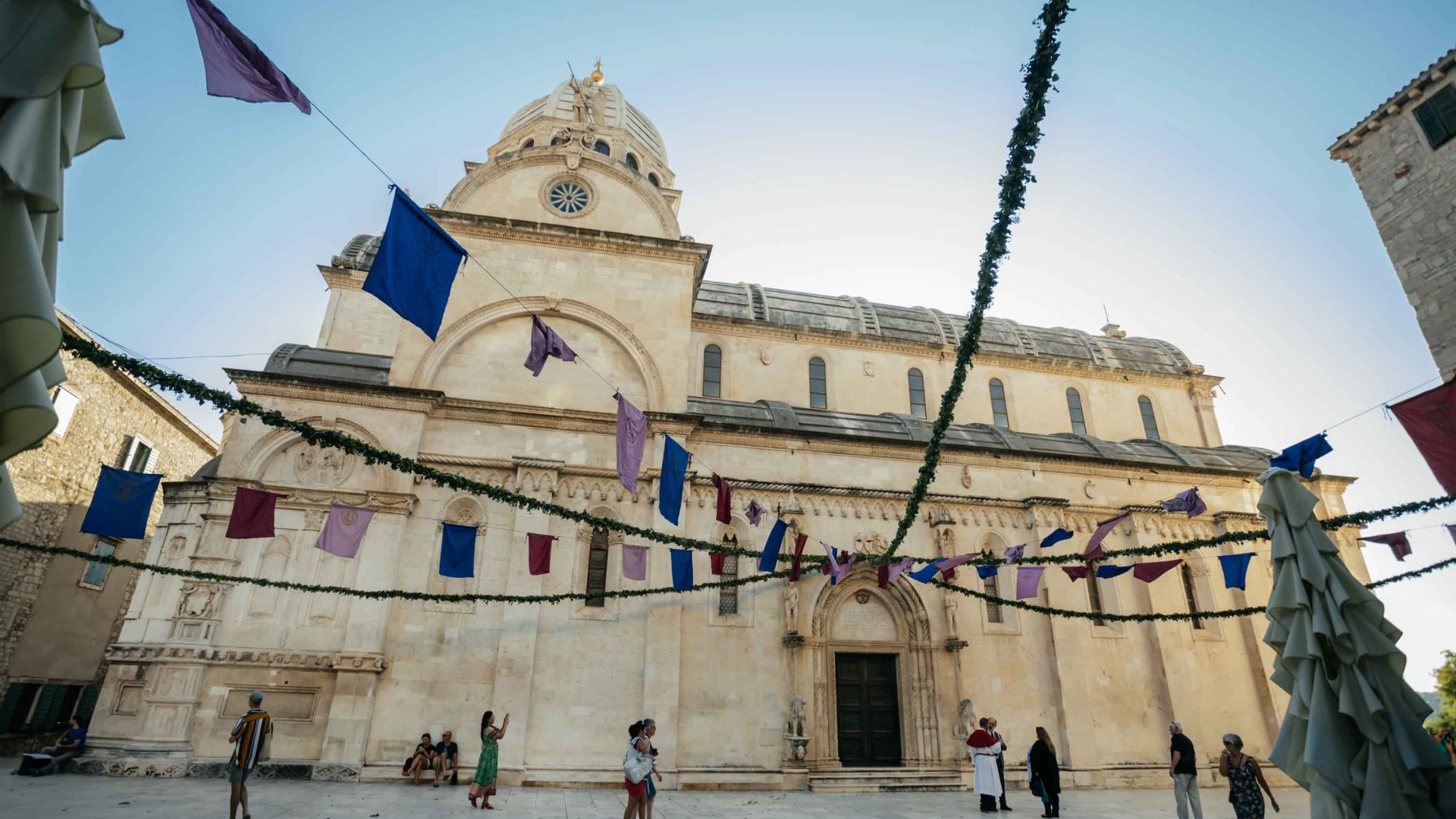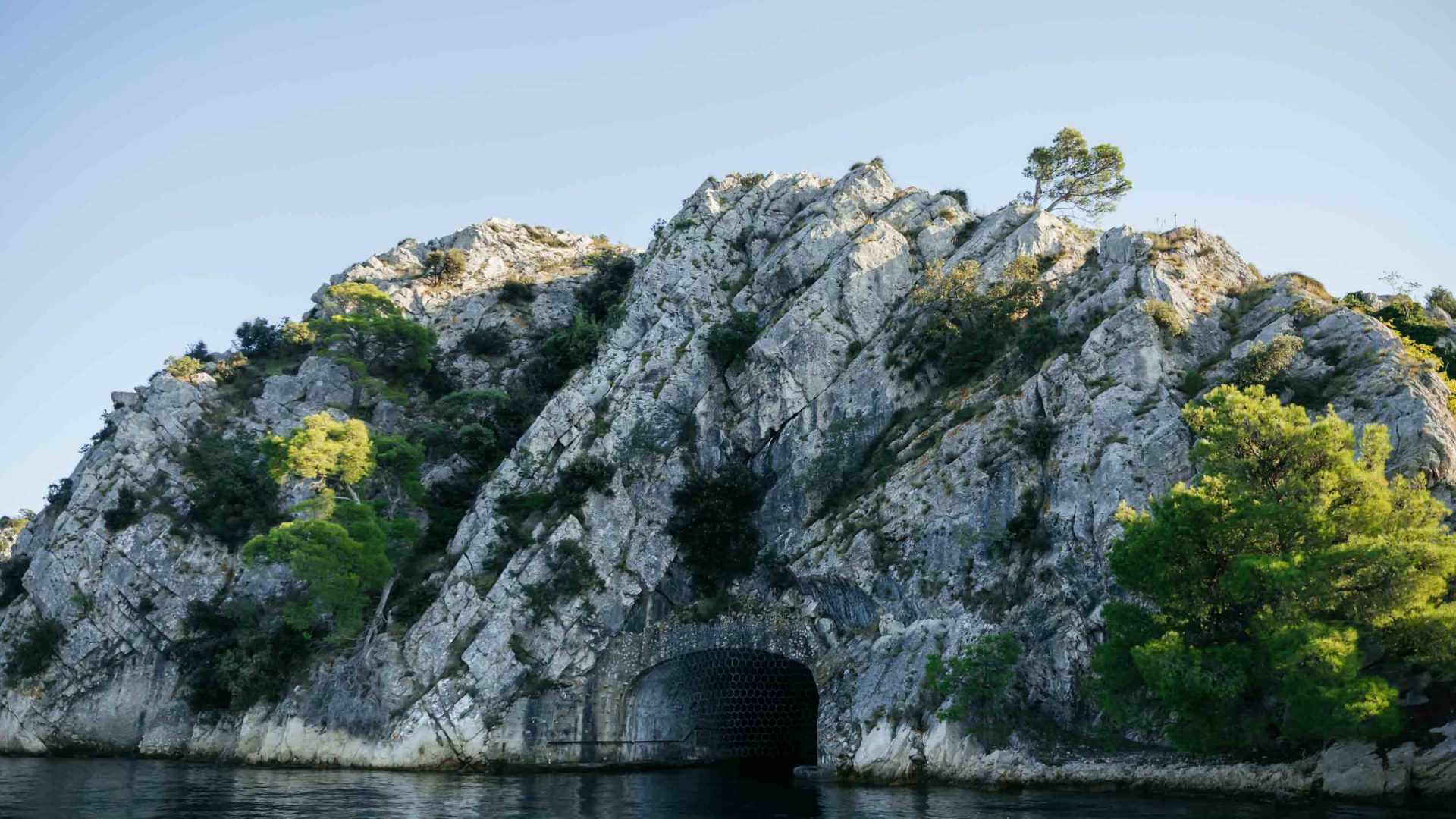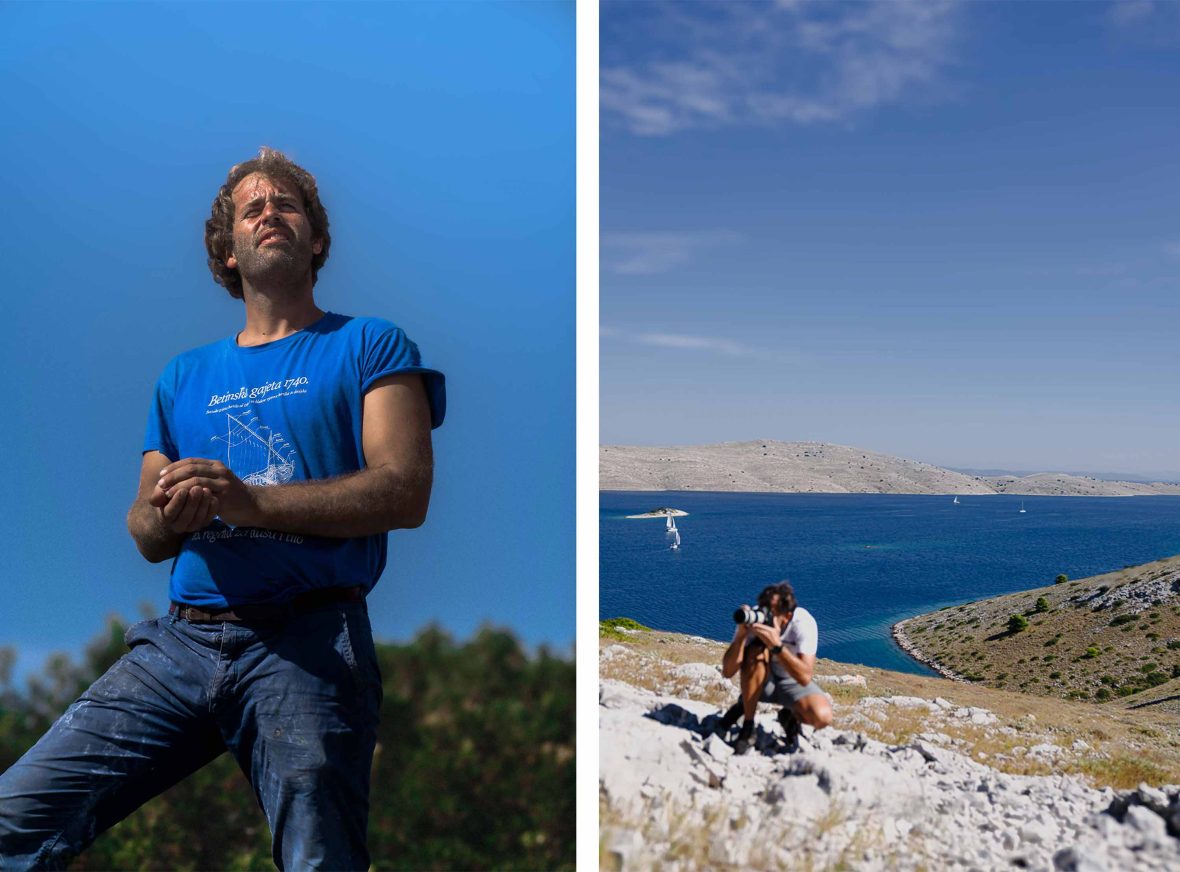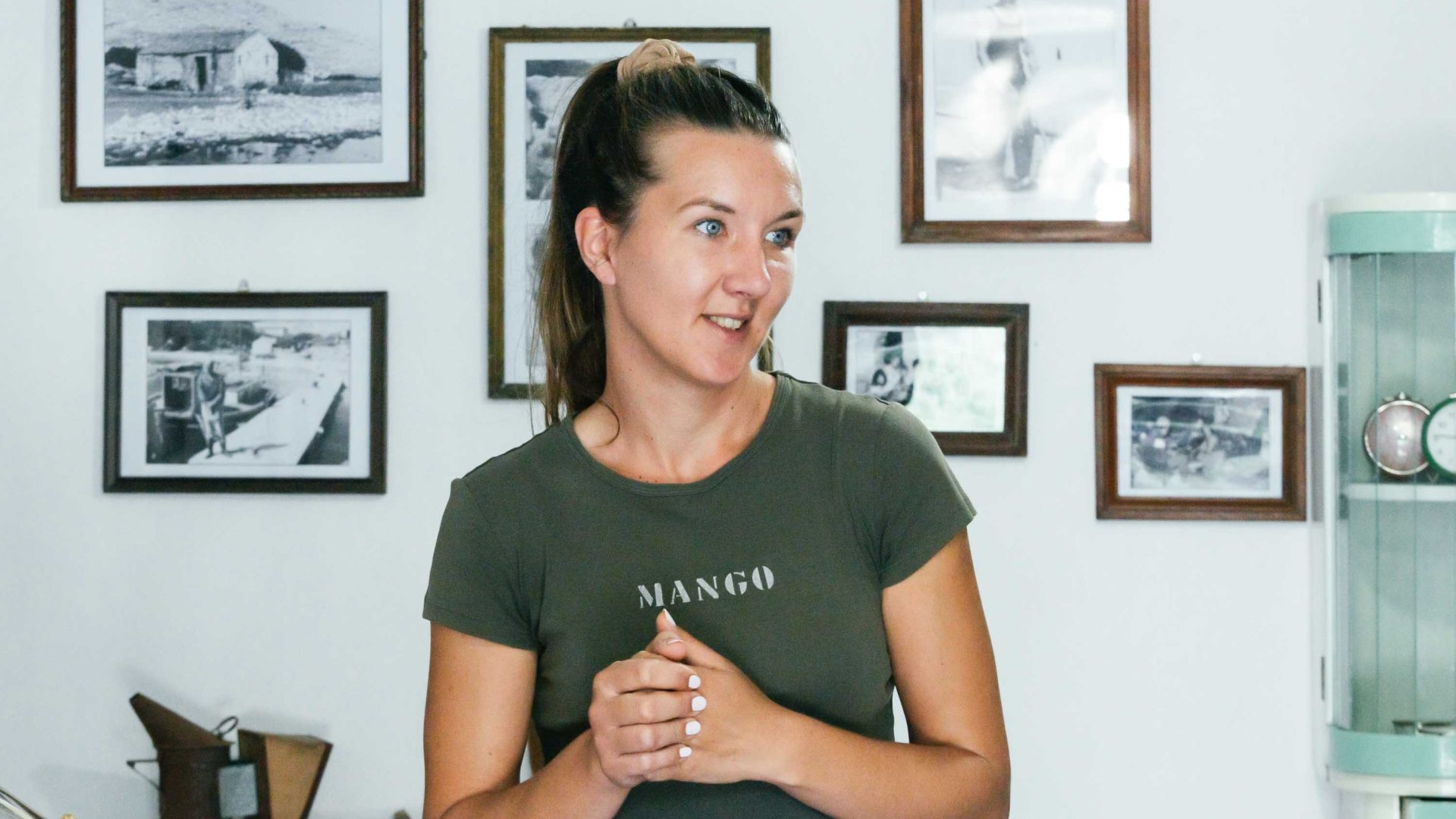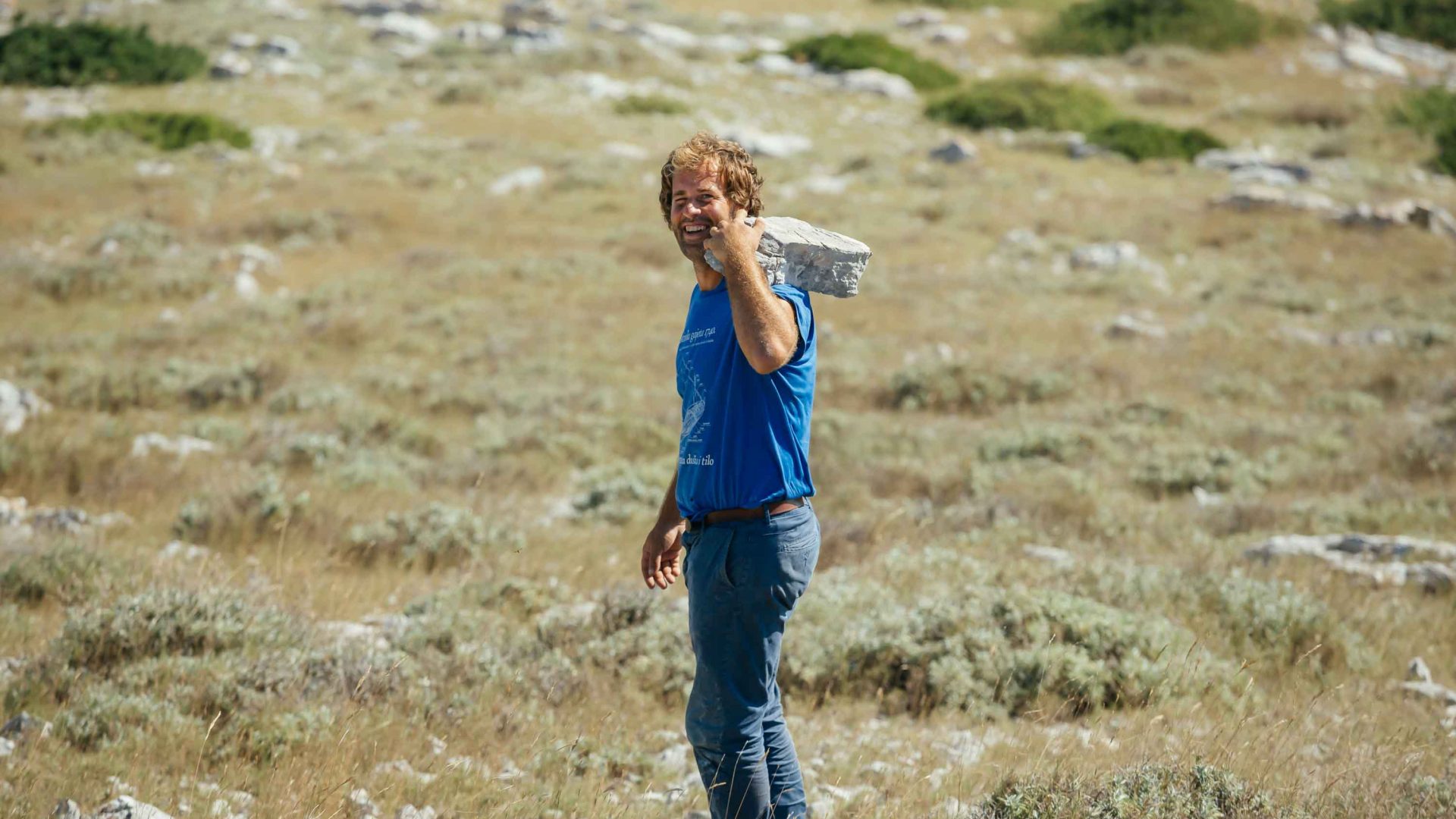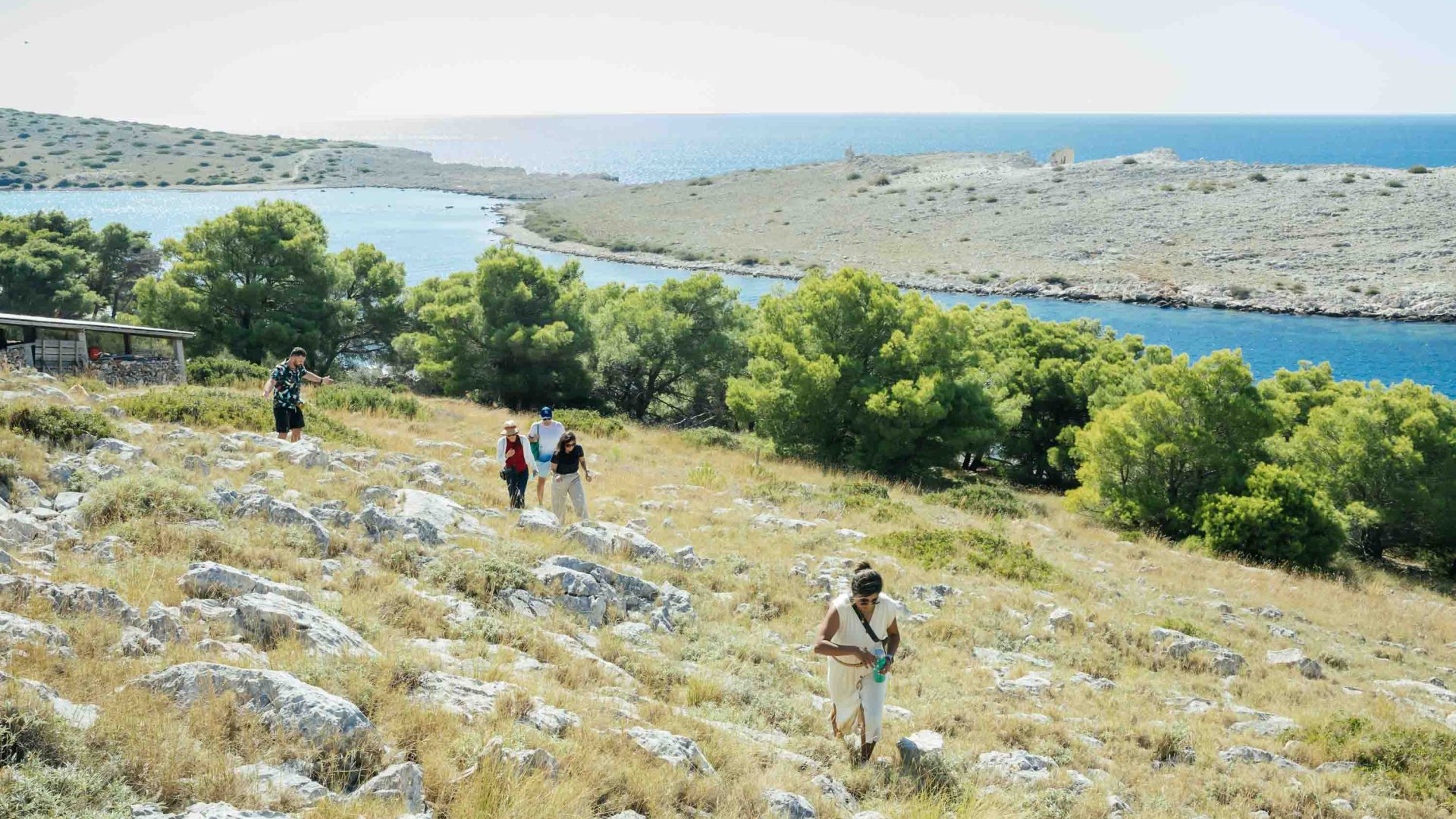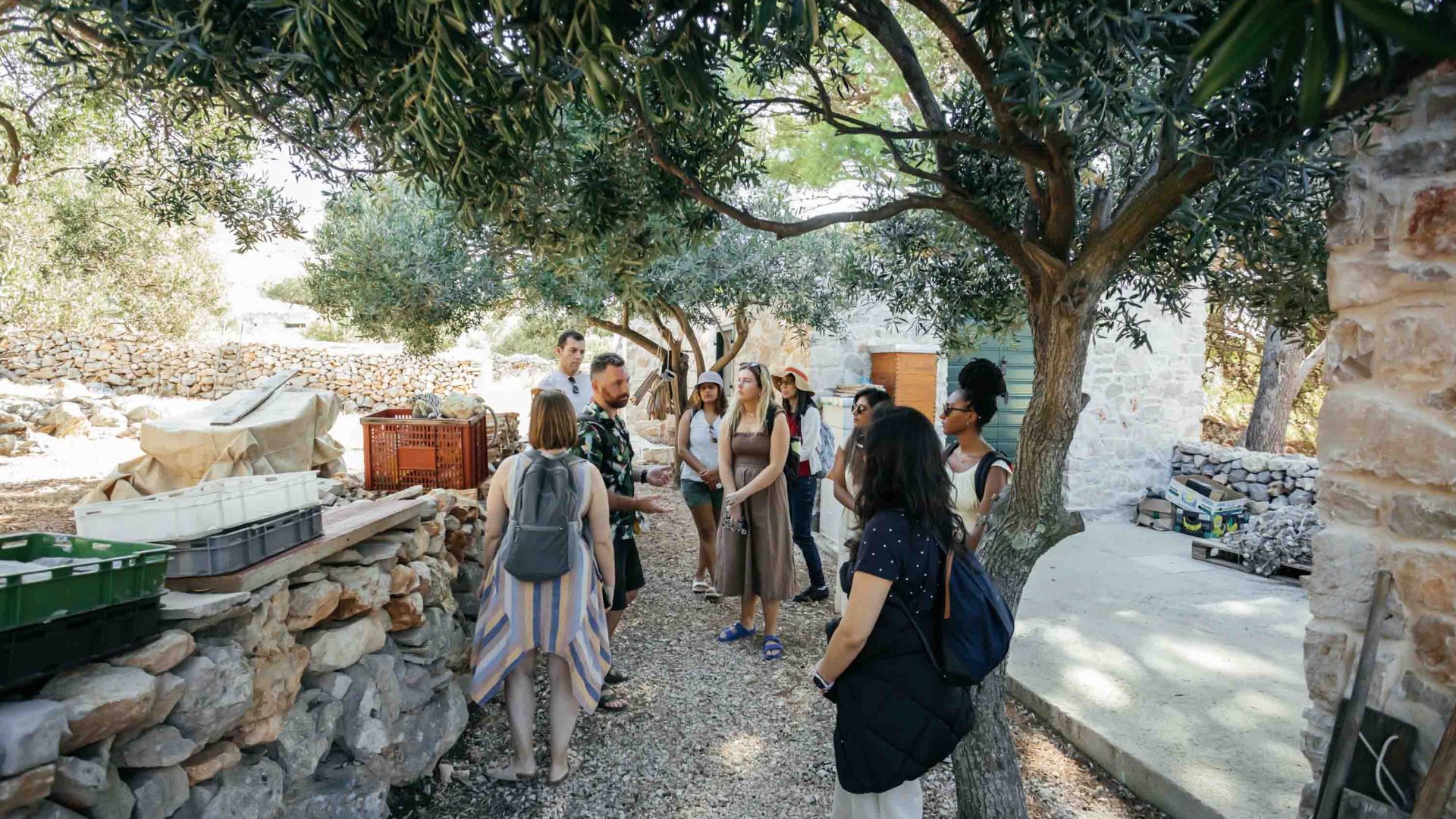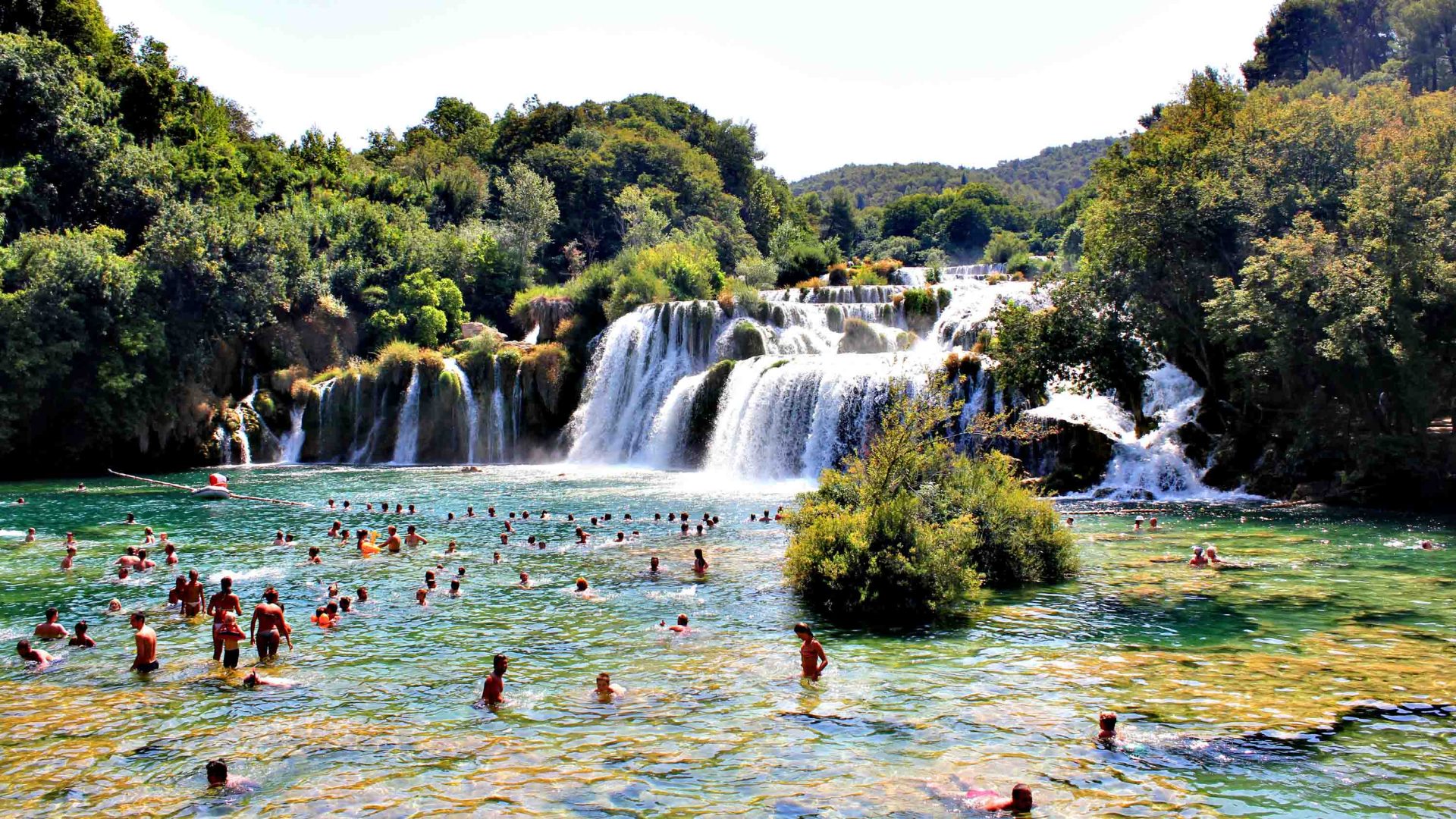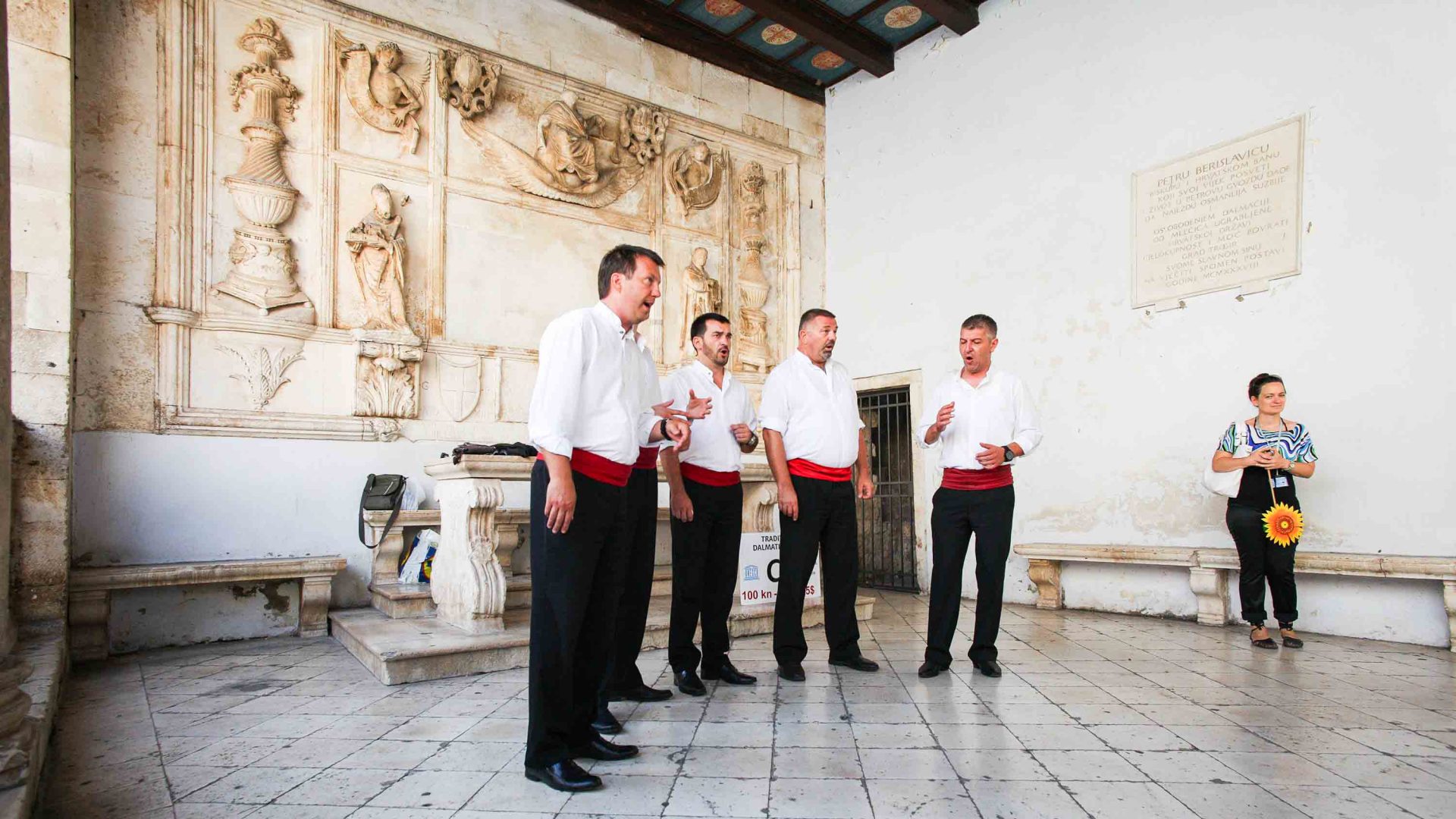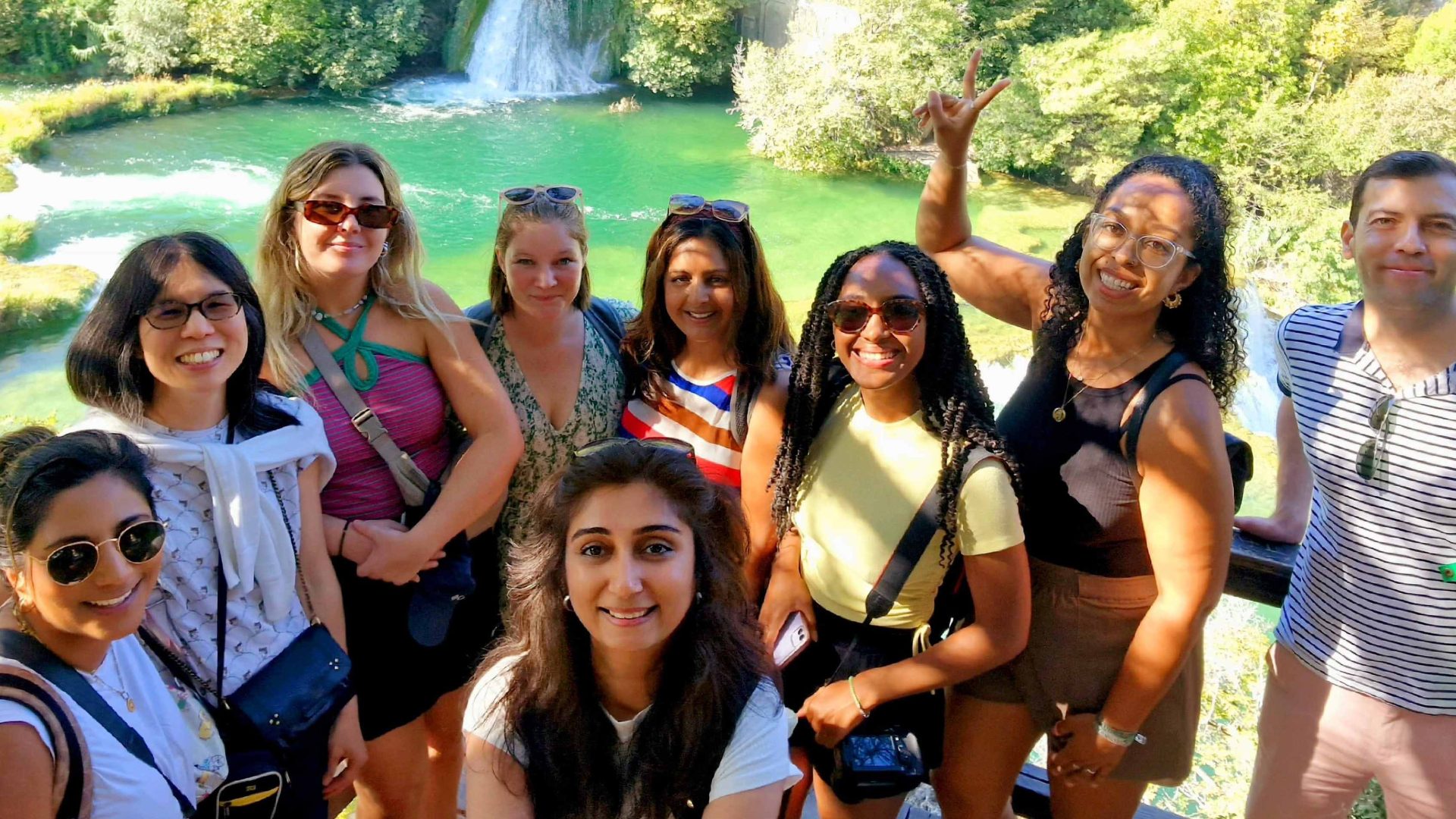Standing at 237 meters above sea level on Metlina, the highest peak of the Kornati Islands, I’m immersed in the landscape of Kornat, the largest among the 89 islands, islets and rocks of the once sheep-filled archipelago.
The view is spectacular. Below me, rippling turquoise waters, which comprise 75 percent of Kornati National Park’s area, stretch out endlessly. Above, the sky is a captivating blue that mirrors the sea’s hue, and behind, a panorama of white rocks glistens under the sun. The travel clichés become a vivid reality. Yet, life in this idyllic setting is not without challenges.
A few years ago, in response to climate change, overtourism and population growth, it’s said that jackals swam from the Lika region on the mainland to Kornat Island via the strait of Dugi Otok, arriving to eat the livestock, although there’s no firm evidence of this. What is clear is that in recent years, unpredictable weather conditions have damaged large amounts of olive groves, resulting in reduced yields.



